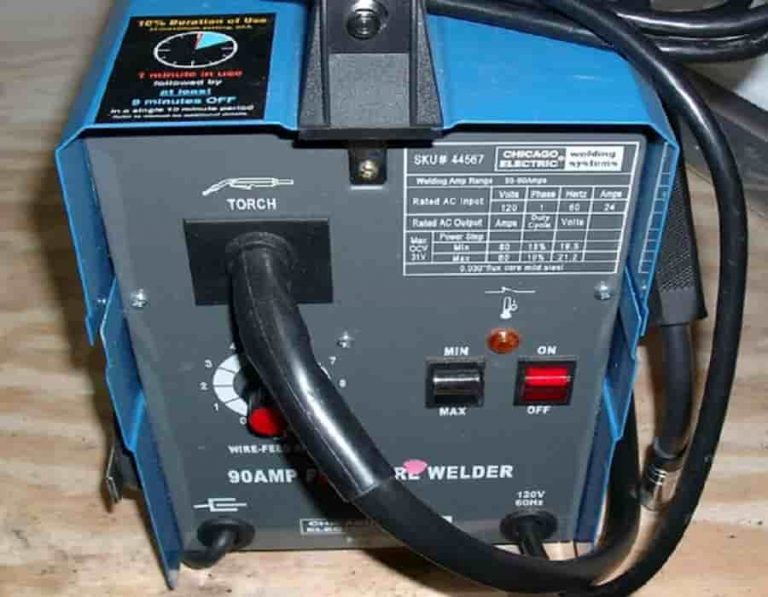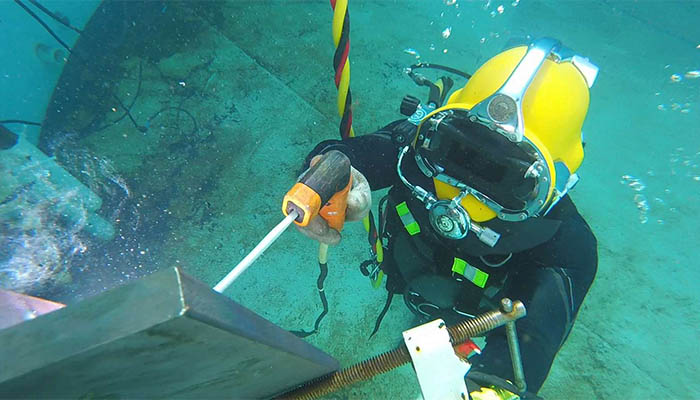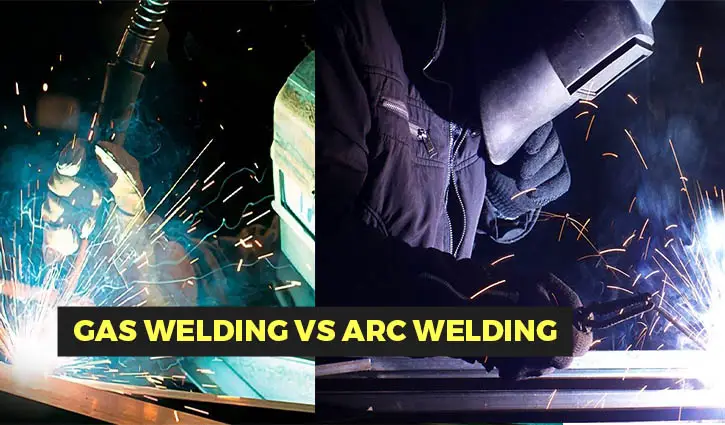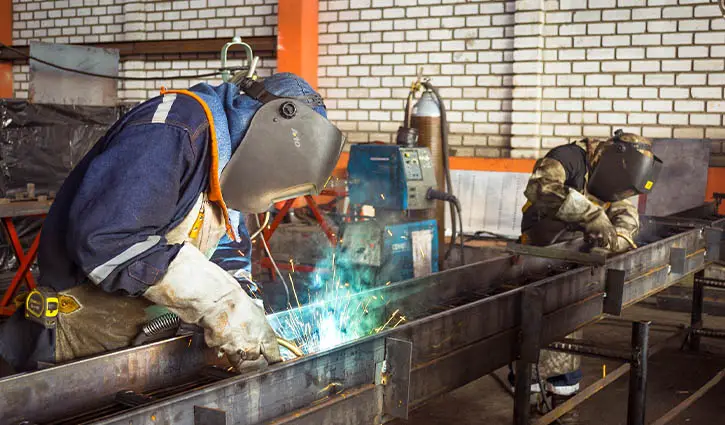How to Build a Reverse Flow Smoker?
A reverse stream smoker is a variation of the customary balance smoker. It attempts to establish a more uniform cooking climate by driving hot air and smoke under an extra metal plate, called a bewilder. Today, I will show how to build a reverse flow smoker in the best method.

Table of Contents
Why should you choose reverse flow smokers?
You can build a reverse flow smoker for the following benefits:
- Predictable cooking climate = more reliable outcomes.
- You will find more even smoke appropriation for the unique flavor.
- The confound plate diminishes the problem area close to the firebox.
- Quicker re-visitation of baking temperature after exposing the baking compartment door.
Cons of reverse flow smoker
Is a reverse flow smoker better? Every positive thing has some negative points. When building a reverse flow smoker, you have to learn everything.
- Limited wind current can decrease the neatness of the burn.
- Takes more time to warm up because the warmth and smoke need to travel further, and the additional perplex should be raised to temperature as well.
Instructions to build a reverse flow smoker
I will show you the essential strides for making a smoker. Explicitly a “Reverse Flow Offset Smoker.” What is a Reverse Smoker, you ask? It essentially has the firebox out of the cooking chamber’s way with a steel confound plate that keeps the immediate warmth off of the meat.
It permits the meat to be washed in the smoke. Again, the parts for this assembly are from a formation from reused metal. The tremendous cost will be the steel to construct the firebox as you need to utilize massive steel. What is a reverse flow smoker design?
It would help if you utilized heavy metal that will keep the temperature steady. I utilized 0.25 inches mellow metal plate for the firebox and perplex plate and had the metal shop slice it to estimate with the brake.
The smokers you purchase at the tool shop will commonly be of flimsy steel. However, they accomplish work on the off chance that you smoke a couple of times each year.
This smoker is a monster, not specific what the absolute weight is, but rather it is weighty, so it ought to hold heat well. You will require a welder for this assembly, and make sure you have a welder to weld.
Read More: Can You Weld Chromoly To Mild Steel? All You Need To Know!
Required parts
- Cooking Chamber
- Firebox
- Bewilder Plate
- Casters
- Point Iron for Frame
- Pivots
- Wooden Handle
- Extended Metal
- Rack
- High Heat Paint
Again, you have to learn about the reverse flow smoker calculator.
Required tools
- Welder
- Small scale Grinder
- Pincers
- Wire Brush
- Chipping Hammer
- Security Equipment and reverse flow smoker baffle plate
Steps to build a reverse flow smoker
I will suggest following these steps.
Step 01: Body of Cooking Chamber
I utilized an old extension tank from a heater. You can utilize whatever you need, be imaginative, and remember that you require a spot for the meat so that the flesh may vibrate over it!
I welded on specific legs to make a casing and a few casters to the edge. Again, Pivots were welded on the cooking chamber entryway and afterward darted to the cooking chamber. Likewise, some aluminum stock was messed around the opening, so the “entryway” has a spot to sit; thus, a gasket could be included, so no smoke gets away.
Step 02: Firebox Build
The firebox is produced using 0.25 inches of plate metal, so it’s weighty however will uniformly convey warmth and keep a stable temperature. I kept it straightforward by keeping a square box and welded on some solid pivots for the entryway.
The handle for the entryway is made from a chipping hammer, raw, modest, and compelling. The locking instrument was only some salvaged material jointed by the crate’s side, and a bar dashed to the entryway with specific washers.
It isn’t easy to move from one place to another. I fixed this problem by making the firebox movable by darting the firebox to the smoker’s frame.
Step 03: Baffle Plate and Cooking Grate
It gets the immediate warmth far from the food, goes about as a warmth sink, and gives brilliant warmth. It broadens the more significant part of the length of the cooking chamber.
So the warmth leaves the firebox. Again, the smoke goes under the confound plate, and return diverts towards the firebox; however, it exists using the smokestack since the perplex plate is there.
Step 4: Chimney
Don’t you know about the chimney? It is essential to build a reverse flow smoker.
The warmth requires a spot to go, and the fireplace is produced using a four-inch ventilation frame. A rib was manufactured and stack appended.
Step 5: Final Touches and Fire Basket
Thermometers were introduced, and a fire container was manufactured utilizing extended work. The fire bin is the place the hot coals will sit. Likewise, some aluminum was used to make sections to mount a wooden handle on the entryway of the baking area.
Step 6: Test Cooking
Let the smoker get up to temperature and let it consume off any oils. At that point, you can begin smoking! At this moment, I applied a few ribs; they gave a remarkable result!
Finally, I will give you a few hints. Try to utilize wood as your smoke. In the event that you attempt to consume just wood, you should let it torch to coals first at that point include more lumber for the smog.
How to Use a Reverse Flow Smoker?
- Plan meat early; you can even leave prepared meat in the cooler short-term.
- Utilize a fireplace starter to assist light with charcoaling and spot in the firebox alongside a couple of hardwood bits.
- Screen the temperature consistently, including more charcoal and lumber, to make the temperature consistent. You may require changing the dampers.
Conclusion:
Now you have gathered the knowledge, of how to build a reverse flow smoker. I have discussed it briefly. However, I have given many essential tips to do the job more confidently. Follow the steps and enjoy your work.
Read More: MIG Welder Wire Feed Motor Not Working: Which Steps You Can Take!







Hello. This article was really motivating, especially because I was looking for thoughts on this topic last Wednesday. Lillis Krishna Docila
Thanks
Good way of describing, and nice post to get facts about my presentation subject matter, which i am going to convey in college. Chelsie Clemmy Venita
Thank you